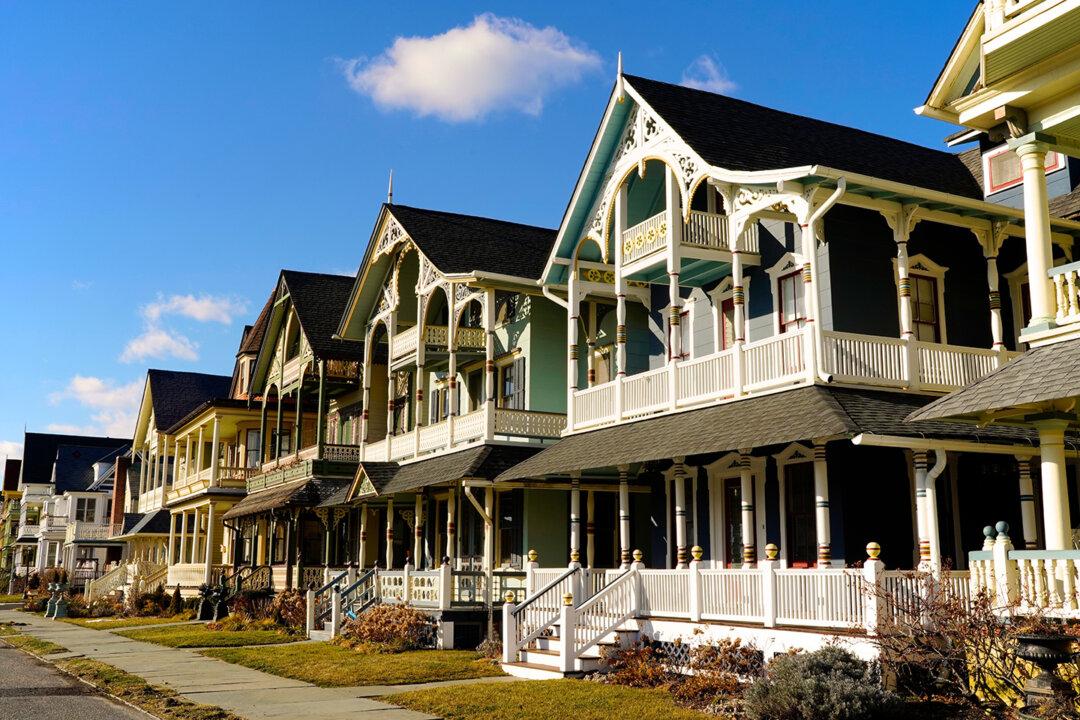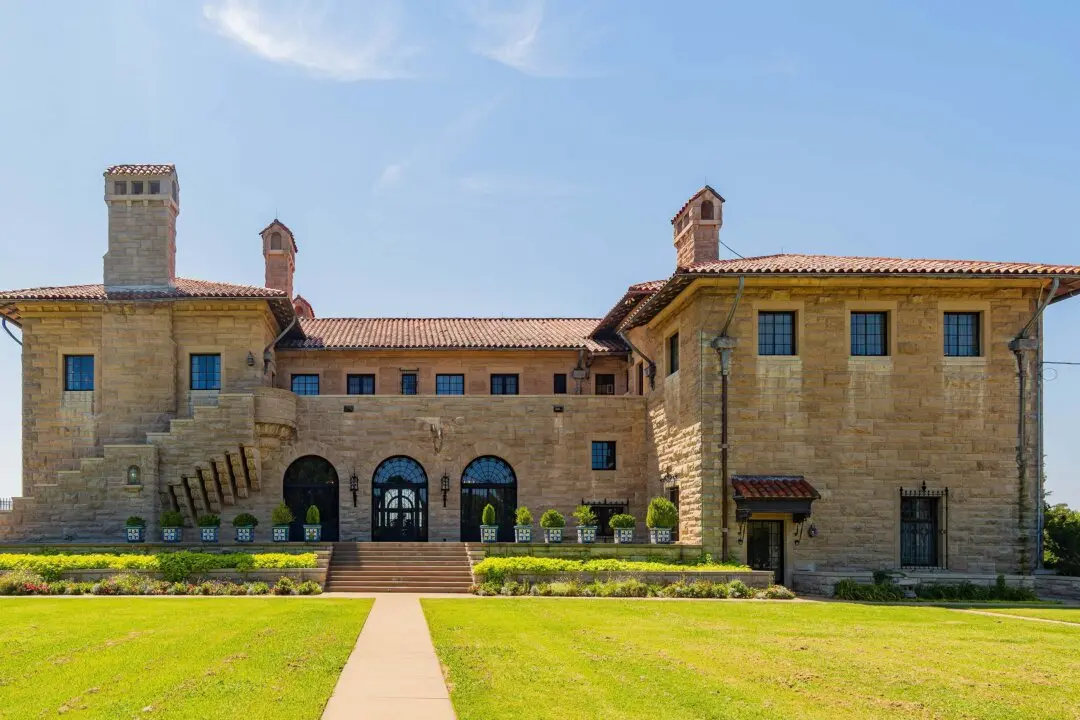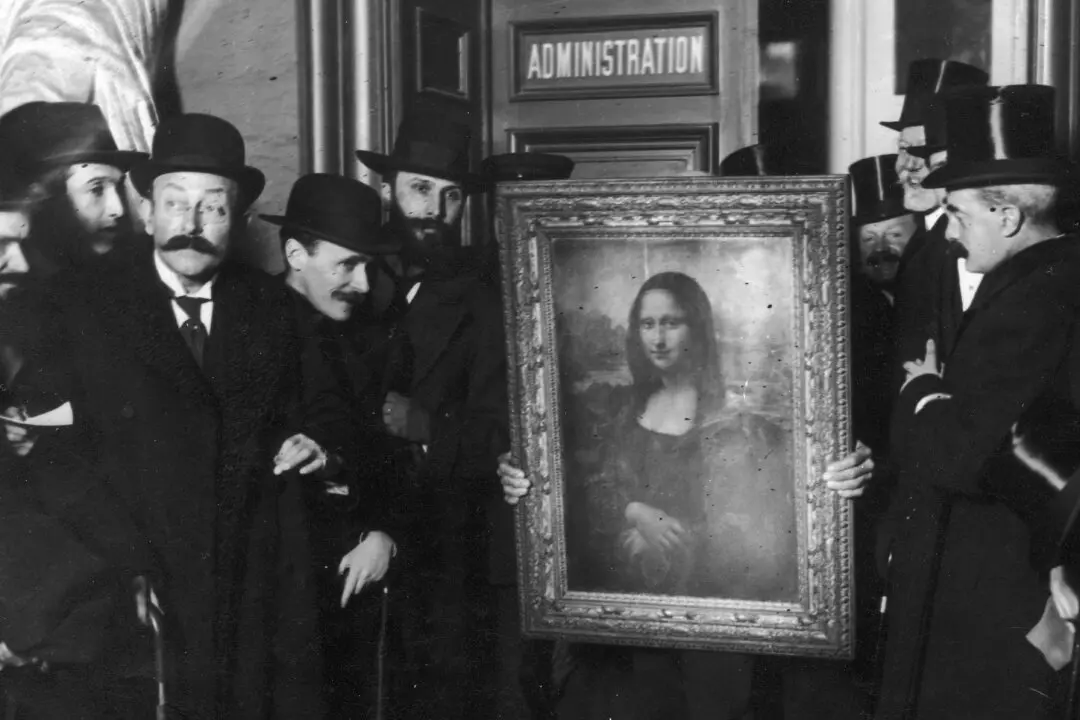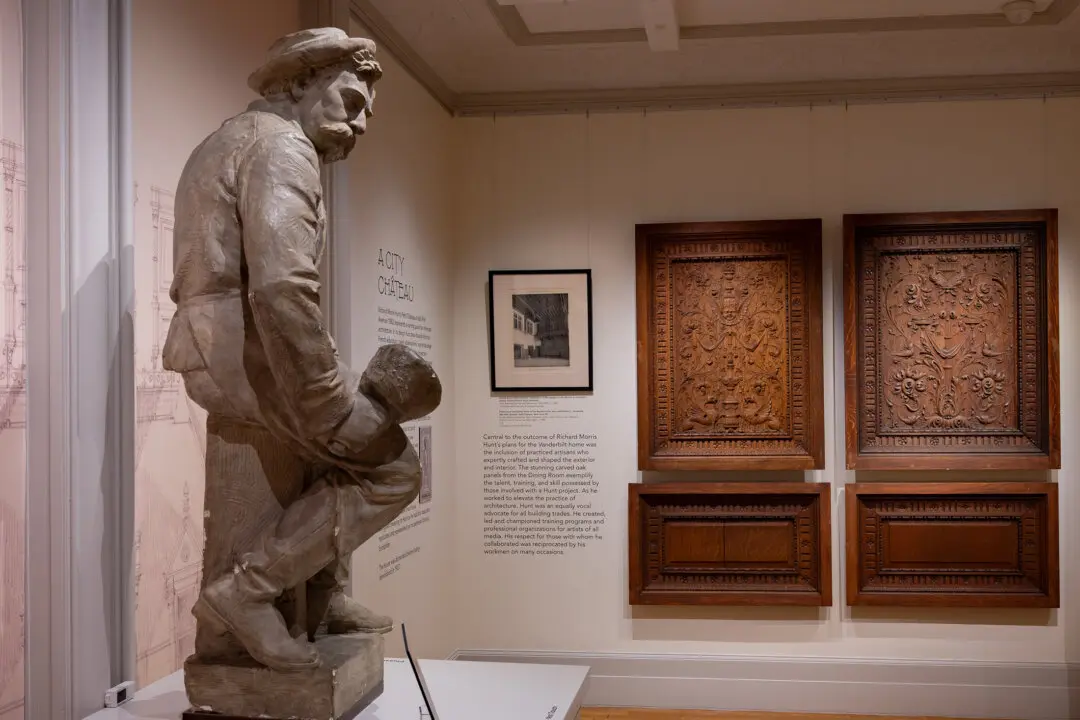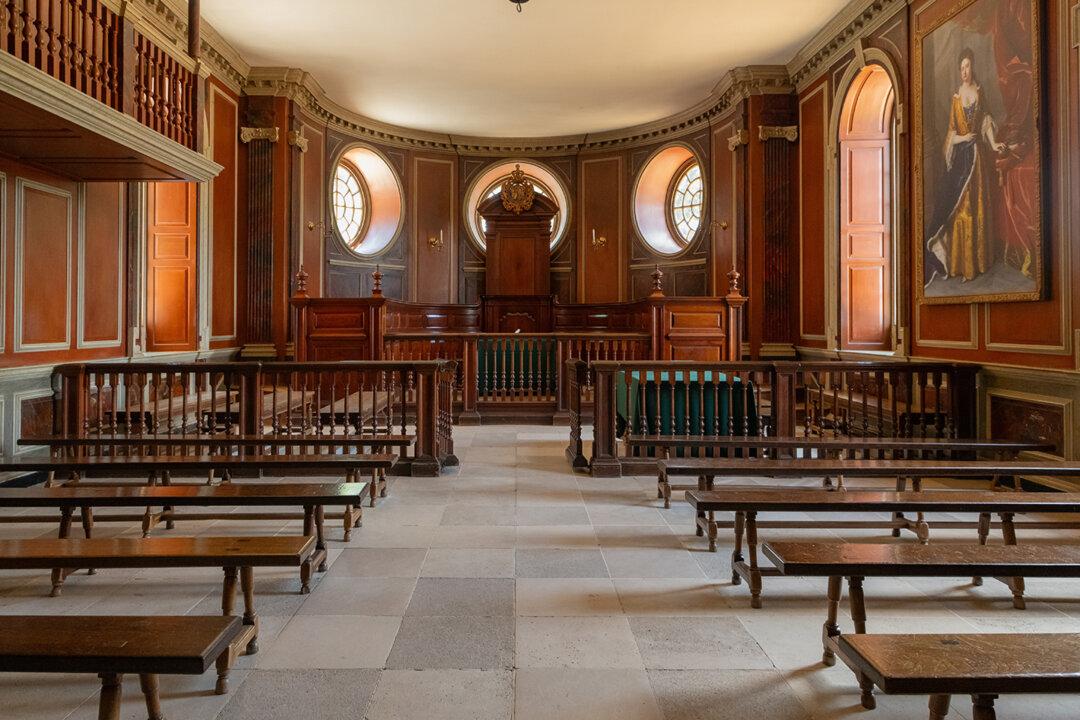In the mid-1970s, my friend and I were riding along Route 71, south of Asbury Park, New Jersey, ready to explore the Jersey Shore. I was riding in her green Camaro on Sunday afternoon, when we drove past a community entrance road that was chained shut with a safety barricade out front. “That’s Ocean Grove,” my friend said. “You can’t drive in there on Sunday; they have a law against it.”
I was quite familiar with the Old Order Mennonites and Amish who don’t drive cars at all, but it seemed quite unusual for an American town to forbid driving for one day out of the week—especially in what we all knew was the age of the automobile.

